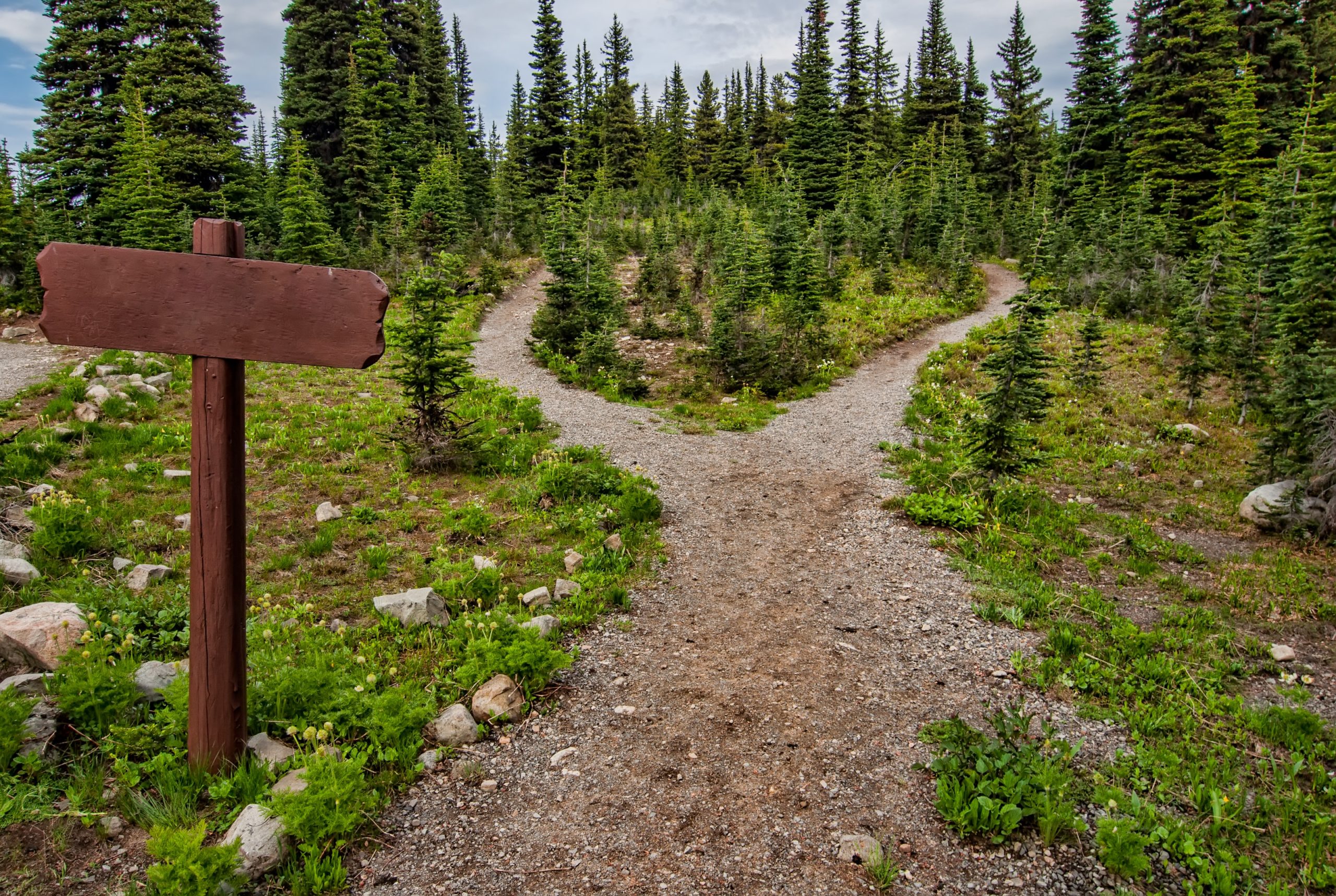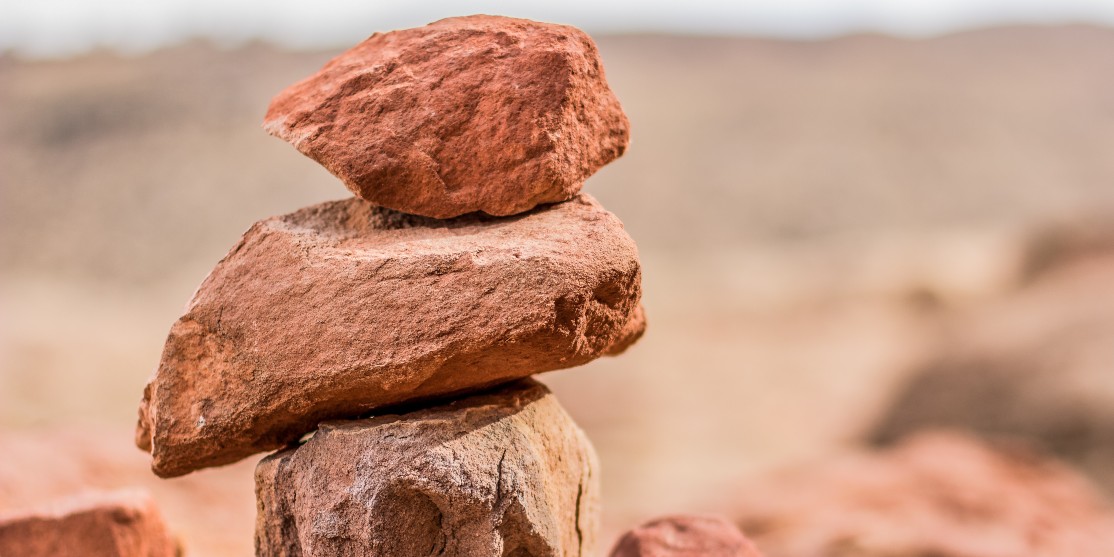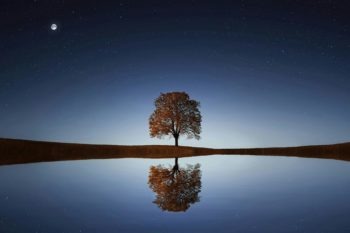The journey to become a more thoughtful, caring leader does not end at…
- the newly acquired job or role,
- the completion of a successful project to change an unhealthy organizational habit, or
- a team member telling you thank you for being an incredible listener and agent of positive change.
(Although, dang! Congrats on any of these accomplishments!)
If you are about leadership
- as an action, art, and practice,
- are committed to supporting groups of people experiencing accomplishment and enjoyment from the work, and
- want our communities to be places where all people can live in safety, peace, and even delight…
then your leadership learning never ends.
At the core of this ongoing journey is your personal awareness.
I work with badass leaders, y’all!
I have the incredible opportunity to sit in coaching and group spaces with thoughtful humans who create systemic change, move money to create more equity and update policies that increase people’s ability to thrive at work.
The most successful, seasoned leaders I work with know they are not done learning.
They look critically and lovingly at their thinking and behaviors. They examine how they show up in space, their impact on other humans, and their relationship patterns.
If you aim to improve a system, enhance a team’s effectiveness, or promote equity in your policies, your personal growth can be the largest catalyst. You can improve culture with just 5-10% of your time and energy directed toward changing your behavior.
This work will be even more effective if you do it from a place of self-compassion, belonging, and graciousness. (Just like the work with your team and community will go further if you do it from a place of self-compassion, belonging, and graciousness.)
You may say –
“Okay, so this all sounds nice, Annie – but I have a gazillion things on my plate.
I oscillate between feeling rushed and frustrated, important conversations, putting out fires, and emails. I already have training and projects I am moving forward with my team. How am I going to fit in more learning and growth?DANG! It is too much.”
And you are right. It is all too much.
(You may have to say no to an important project at some point – but that is a different letter.)
But if you knew that pulling one lever – that you DO have control over – would make a lot of the pieces easier (and later on even more enjoyable), would you do it?
Understanding yourself and your impact is one of the most important elements of leadership. At a certain point in people’s leadership journeys, it gets left behind when, in actuality, the work of self-awareness and personal growth needs to increase throughout the journey.
Guess what?
It is simpler than you think (maybe not easier, but simpler).
Here is a short process and questions to ask yourself:
- Find a short way to build more space in your week for a quiet moment that fills your cup.
(This could be 10 mins A WEEK of exercise, a walk, meditation, writing, listening to music.) - Practice noticing your thoughts, emotions, reactions, and patterns with curiosity and with less judgment, shame, or blaming others.
“Emotional Intelligence 2.0” calls this “watching like a hawk.
See steps #1, #4 and resources to support this - Ask yourself – how could I continue to improve in my relationships with others?
(Again, work on examining these improvements without deep judgment or shame.) - Pick one area you want to work on and bring in learning, and then practice first with trusted, caring people in your life.
- If you want to go deeper… ask for feedback from others and find outside support to process that feedback.
Receive an honest evaluation process. Ask trusted peers for feedback. Take training in an area of growth with homework and practice.
And PAIR feedback with ongoing support while you work with the new knowledge—perhaps a therapist, group, or coach.
Up next – I will share a few of the ways I am digging in and learning as a leader right now.
Resources & continued learning:
Getting Personal: Critical Self-Reflection in Anti-Racism Work
Emotional Intelligence 2.0
Self-compassion
People and Culture trainings














